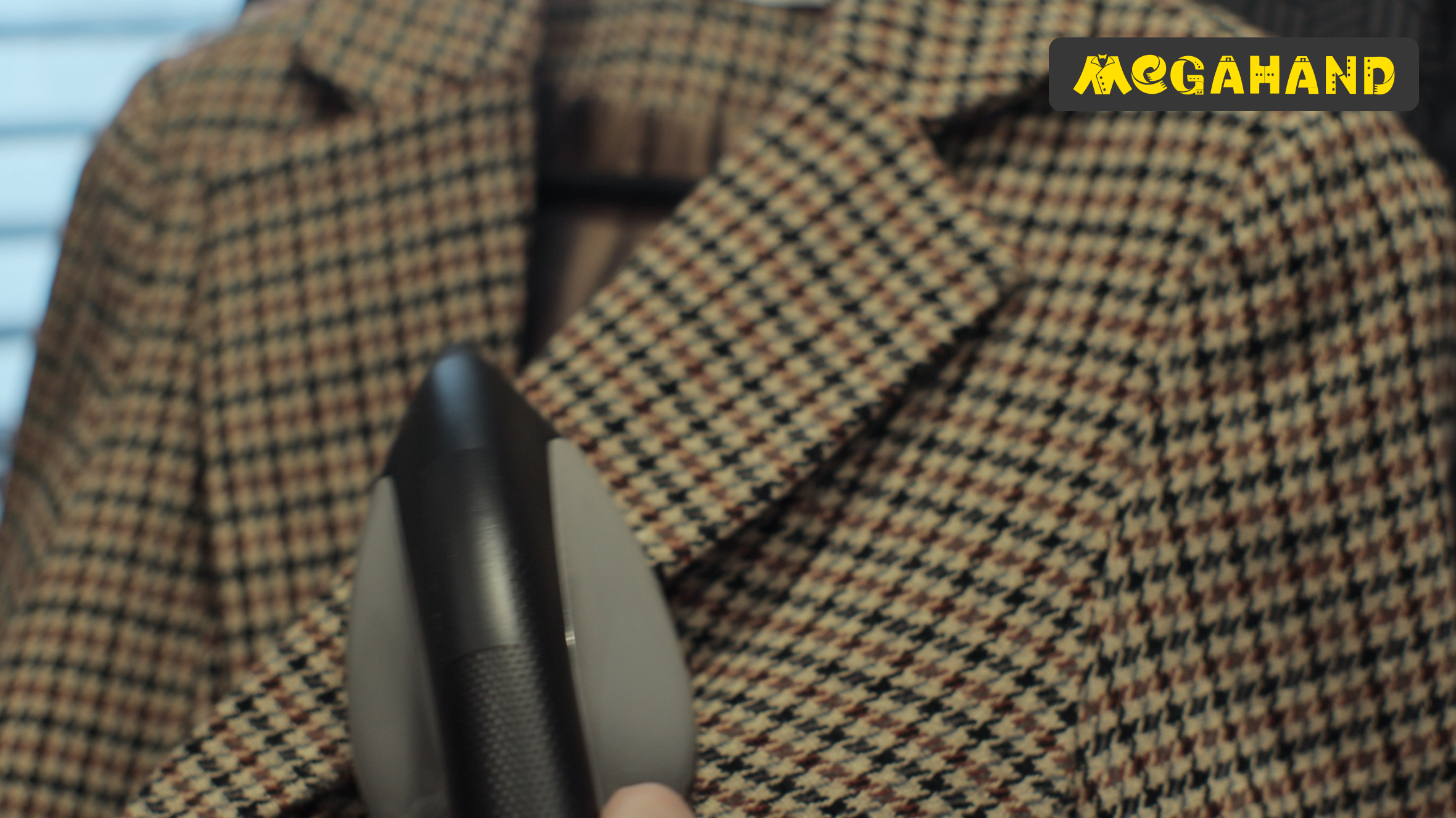Vintage clothing offers a unique charm, blending quality, design, and history that modern pieces often lack. Whether you’ve found a cherished item in a thrift store or through a special shop like Megahand, preserving the beauty and integrity of these clothes requires some special care. Here, we explore how to keep vintage treasures looking their best, ensuring they remain timeless additions to your wardrobe.
1. Understand the Fabric Composition
Vintage clothing often uses fabric types and blends that are uncommon in today’s fashion industry. Many items may be crafted from silk, wool, cotton, or linen, but synthetic materials like polyester or nylon also made an appearance in certain decades. Knowing the fabric of each piece is crucial for choosing the correct cleaning and storage methods. For instance, delicate fabrics like silk require more gentle washing than cotton, while wool might need to be hand-washed or dry-cleaned to prevent shrinkage or distortion.
2. Gentle Washing: The Essential Dos and Don’ts
Unlike modern garments, which are often manufactured for machine washing, vintage clothing demands a more cautious approach. Here’s a general guide to washing vintage items:
- Hand-Wash When Possible: Most vintage items, especially those with fragile stitching or embellishments, are best cleaned by hand. Use cold water and a gentle detergent designed for delicate fabrics.
- Avoid Machine Drying: Machine drying can cause irreversible damage to vintage pieces. Instead, lay them flat on a towel to dry or hang them in a shaded, well-ventilated area.
- Spot Clean Stains Immediately: Stains can be difficult to remove from vintage fabrics, so treat them immediately. For minor spots, a mix of gentle detergent and water on a soft cloth can work wonders.
3. The Art of Dry-Cleaning
Some vintage clothing is best handled by professional dry cleaners who specialize in older, delicate garments. Dry cleaning is ideal for items made from silk, velvet, or heavily structured materials, as well as pieces with elaborate details like embroidery. Before committing, look for a cleaner experienced in vintage clothing and verify that they understand the specific needs of your garment.
4. Proper Storage: Protecting Your Vintage Collection
Storage plays a huge role in preserving vintage clothing. Here are a few tips:
- Use Breathable Garment Bags: Instead of plastic, opt for cotton garment bags, which allow air to circulate and prevent moisture buildup.
- Invest in Acid-Free Tissue Paper: For items like delicate dresses or blouses, place acid-free tissue paper between folds to prevent creasing and fabric weakening.
- Choose Cool, Dark, and Dry Spaces: Avoid storing vintage clothing in humid areas like basements, as this can lead to mold growth and fabric deterioration.
5. Handle with Care
Every time you wear, wash, or move a vintage piece, it undergoes some degree of stress. Limit how often you wear delicate items to reduce this strain. When you do wear them, handle the fabric gently, avoiding unnecessary pulling or stretching, especially for items with fragile seams or details. Regularly check on stored pieces to spot any early signs of damage.
6. Protecting Colors and Patterns
Vintage items often feature unique color schemes and patterns that have become rare over time. To keep colors vibrant and prevent fading:
- Limit Sun Exposure: Sunlight can fade colors over time. Store clothing away from direct sunlight, and avoid wearing delicate pieces in the sun for extended periods.
- Wash with Care: Some vintage dyes are sensitive and can bleed. When washing, avoid harsh detergents and opt for color-safe or gentle products.
7. Repairing and Restoring Vintage Clothing
Vintage clothing is bound to show signs of wear eventually, but small imperfections can often be repaired. When handling repairs, it’s best to avoid modern threads or materials that may clash with the original garment. Instead, seek out vintage repair specialists or skilled tailors familiar with old-fashioned techniques. Small repairs can make a significant difference in extending the life of your vintage items.
8. Handling Odors in Vintage Clothing
One of the challenges of wearing vintage is dealing with odors that may have developed over years of storage. Air your items in a well-ventilated area, ideally outside, but out of direct sunlight. For stubborn odors, try placing the garment in a breathable bag with activated charcoal or baking soda to absorb unwanted scents. Avoid using scented sprays, which can mask rather than eliminate odors and may even damage delicate fabrics.
9. Embracing the Patina of Time
Part of the beauty of vintage clothing lies in its character, which is often reflected in minor signs of wear. Some wear and tear, such as slight fading or gentle fraying, can add to the garment’s story. Embrace these signs of age, as they highlight the garment’s journey and authenticity.
10. Regularly Inspect and Rotate Your Collection
Even if vintage items are stored carefully, it’s beneficial to inspect them periodically. Rotate pieces in your collection, so each garment receives fresh air and sunlight occasionally, keeping them from developing musty odors or unwanted creases. If you notice any signs of fabric distress, address them immediately to prevent further deterioration.
Why Vintage Clothing is Worth the Effort
Caring for vintage clothing requires time and a touch of patience, but the rewards are well worth it. Vintage pieces offer an unparalleled sense of individuality and style, connecting you with the past in a way that fast fashion cannot replicate. With proper care, these garments not only stand the test of time but continue to bring joy to future generations.
Shopping at places like Megahand, a unique thrift network offering high-quality European brands, means you’re contributing to a sustainable fashion future while indulging in exclusive finds. Their curated collection of clothing, accessories, and home goods allows everyone to embrace stylish and environmentally friendly fashion.


